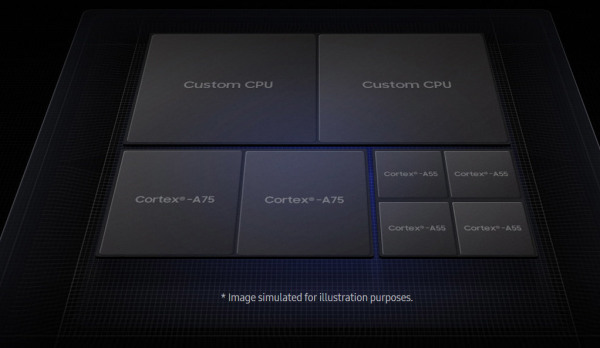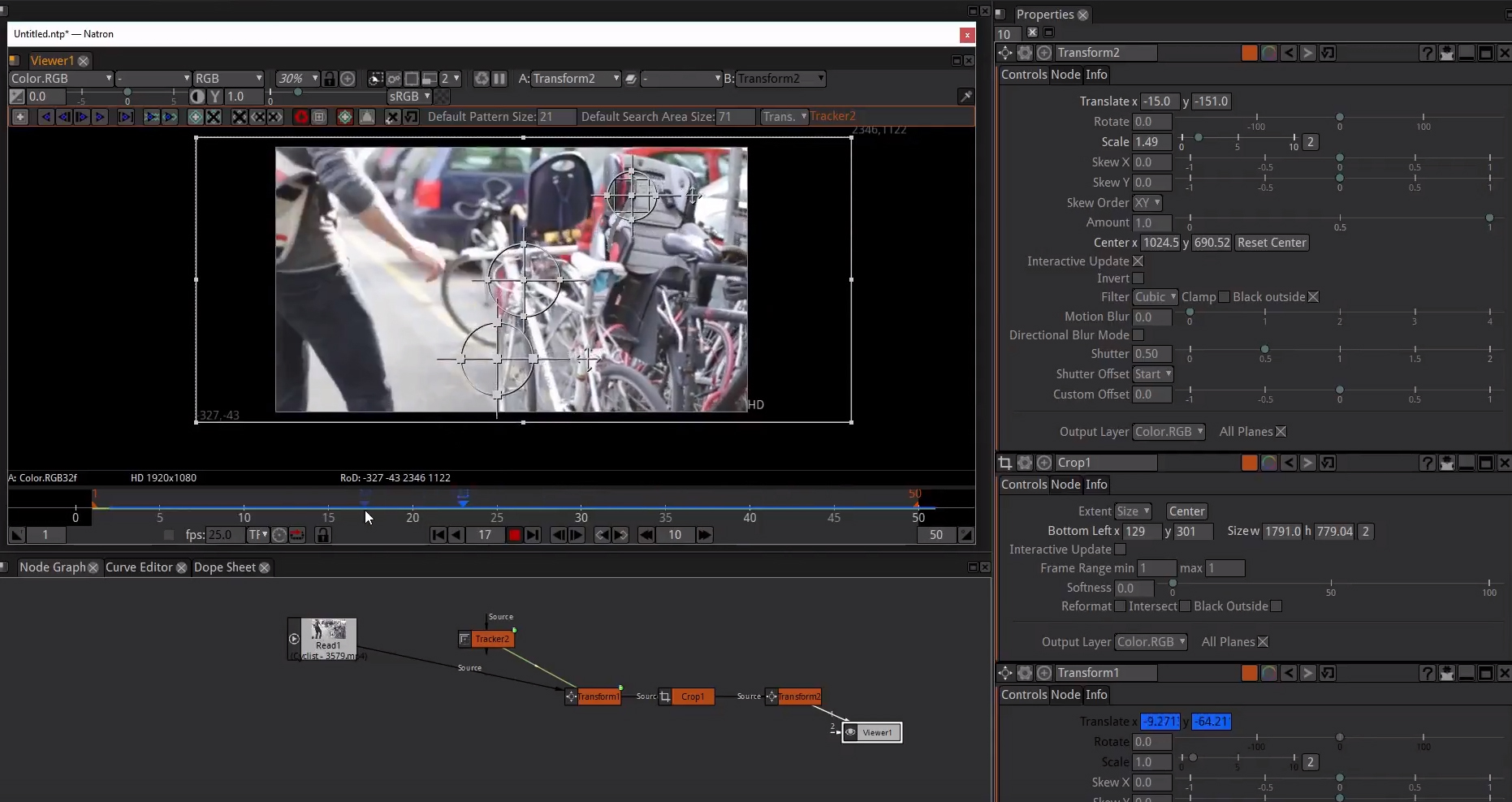[12:51 Wed,14.November 2018 by Thomas Richter] |
Samsung has introduced the latest model of its SoC smartphone Exynos 9820, which, along with the Snapdragon 8150, will most likely form the heart of the new Galaxy S10 (and also the grade 10) smartphone flagship to be launched at the end of February 2019. The Exynos 9820 is supposed to be improved in almost all components compared to the predecessor model 9810 built into the Galaxy S9/Note 9 and has a whole series of interesting new functions.  The video functions have also been expanded - for the first time, the new chip can play back 8K (7,680 × 4,320 pixels) video at 30 fps and 4K at up to 150 fps in 10-bit recording as well as HDR/8/4K. The codecs HEVC/H.265, H.264 and VP9 are supported - unfortunately not yet the new open source Why 8K recording on the mobile phone? Samsung, as one of the leading manufacturers of 8K TVs, such as the Q900 series models presented at The Exynos 9820 supports up to 5 sensors: a 22 megapixel camera on the back, a 22 megapixel camera on the front as well as a dual 16 megapixel camera and an infrared sensor. However, since 8K requires 33 megapixels, Samsung must either combine or upscale images from multiple cameras using computational imaging - so the 8K would no longer be a "real" 8K. Further innovations are up to 20% improved single-core and 15% multi-core performance of the 8 cores as well as up to 40% more graphics power with the new Mail-G76 MP12 GPU. Among other things, support for the new UFS 3.0 memory standard, which provides twice the memory access speed of the previous version 2.0, is responsible for the speed increases. In addition, the new 8nm LPP FinFET manufacturing process saves approximately 10% power compared to the previous model. The new model delivers up to 2 GBit/s downstream and up to 316 MBit/s upstream, but does not yet support 5G. The display supports WQUXGA (3840×2400) and DCI 4K (4096×2160).  deutsche Version dieser Seite: Samsung Exynos 9820 für Galaxy S10: 8K Videoaufnahme mit 30 fps - 4K mit 150 fps |





